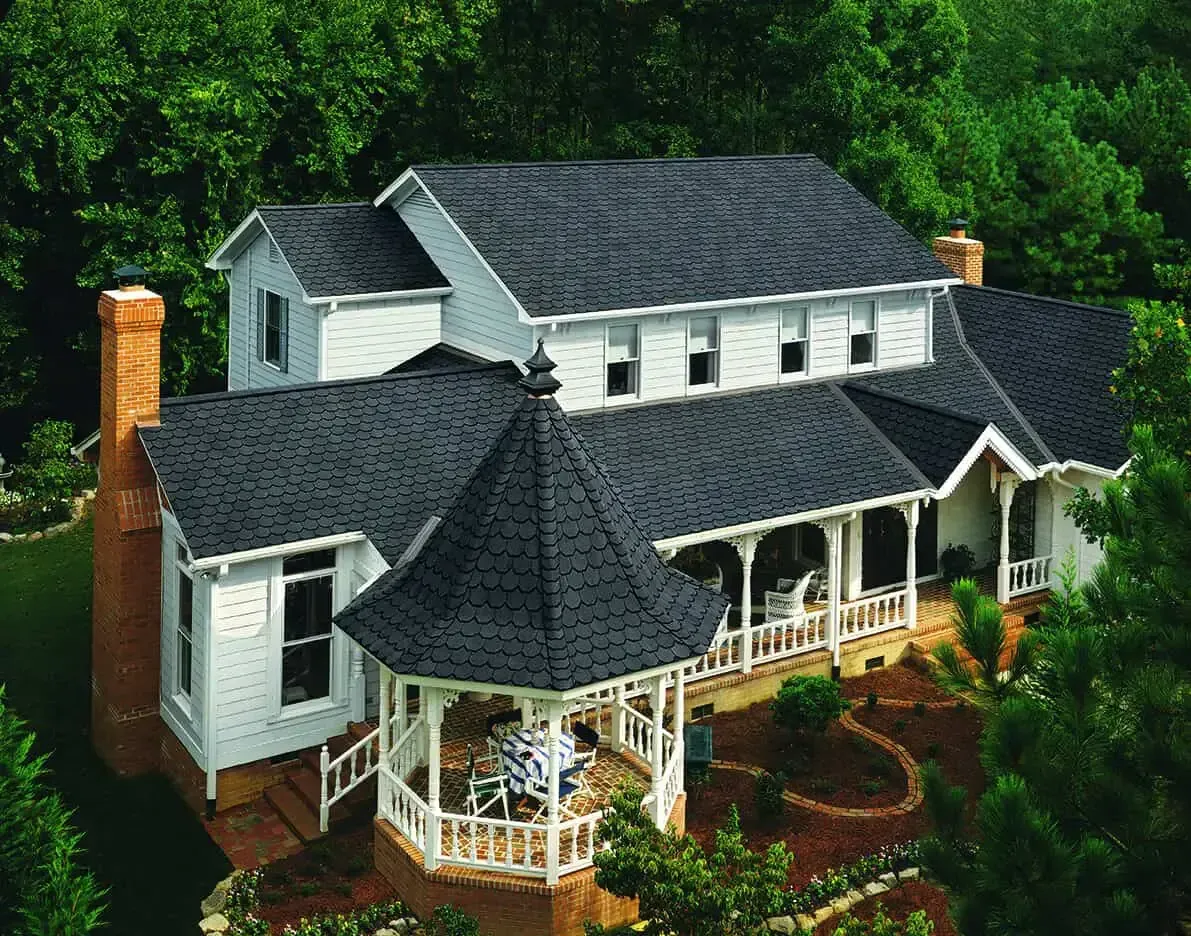
Choosing the Right Roof for Your Home
When it comes to selecting a roofing style for your home, the two most common choices are flat roofs and pitched roofs. Each option comes with its own set of pros and cons that affect your home’s functionality, aesthetics, and longevity. Understanding the pros and cons of both can help you make an informed decision that aligns with your budget, climate, and design preferences.
The Pros and Cons of Flat Roofs
Flat roofs are often seen on modern homes and commercial buildings, offering a sleek and minimalist appearance. While they may look trendy and provide additional space for various purposes, they come with both advantages and drawbacks.
-
Pros of Flat Roofs:
- Cost-Effective: Flat roofs are more affordable to install because they require fewer materials and less labor.
- Extra Usable Space: Flat roofs provide the opportunity for additional living space, such as a rooftop garden, patio, or solar panel installation.
- Modern Aesthetic: Flat roofs are perfect for homes with a modern, industrial, or minimalist design.
- Easy to Maintain: Since flat roofs are level, they are easier to walk on, making repairs and inspections more accessible.
-
Cons of Flat Roofs:
- Water Drainage Issues: Flat roofs can face drainage issues, leading to water pooling, leaks, or mold if not carefully maintained.
- Limited Lifespan: Compared to pitched roofs, flat roofs have a shorter lifespan and may require more frequent repairs or replacements.
- Vulnerability to Weather: In areas with heavy snow or rain, flat roofs can struggle to withstand the additional weight and moisture, leading to potential structural damage.
- Insulation Challenges: Flat roofs may need extra insulation to maintain energy efficiency and reduce heat loss.
Pitched Roofs: Advantages and Disadvantages
Pitched roofs, characterized by their angled design, are commonly found on residential homes, especially in areas prone to heavy rain or snow. The slope allows water and debris to easily slide off, but this design comes with its own set of considerations.
-
Pros of Pitched Roofs:
- Better Water Drainage: The angle of pitched roofs helps water run off naturally, reducing the risk of pooling water that flat roofs face.
- Durability: Pitched roofs generally have a longer lifespan, particularly when constructed with high-quality materials like asphalt shingles or metal. They are more resistant to weather damage.
- Energy Efficiency: Pitched roofs tend to allow for better ventilation, reducing the risk of mold growth and improving overall energy efficiency in your home.
- Increased Property Value: Pitched roofs often appeal to buyers more than flat roofs, especially in areas with more severe weather, as they are seen as more durable and protective.
-
Cons of Pitched Roofs:
- Higher Installation Costs: Pitched roofs tend to have higher installation costs because they require more materials and labor.
- Maintenance Can Be Difficult: Maintaining pitched roofs can be more difficult due to their steepness, especially for those without easy roof access.
- Potential for Attic Space Issues: The attic space created by pitched roofs may be difficult to use efficiently, limiting storage options and possibly raising heating and cooling expenses.
Choosing the Best Roof for Your Home
The decision between a flat or pitched roof depends on factors such as location, budget, and personal style. Consider the following factors when making your decision:
- Climate: If you live in an area with heavy snow, rain, or wind, a pitched roof may be the best option due to its superior drainage capabilities. In contrast, flat roofs are better suited for mild climates.
- Budget: Flat roofs are more affordable initially but may need more repairs over time, while pitched roofs have higher upfront costs but last longer with fewer repairs.
- Home Design: Think about your home’s design. Pitched roofs suit traditional or rustic styles, while flat roofs are more fitting for modern or industrial looks.
Conclusion
Flat and pitched roofs each come with their own advantages and challenges. Ultimately, your decision should align with your specific needs—budget, climate, or design preferences. A roofing expert can guide you to the best choice based on your home’s requirements.
Contact Weathercraft Roofing for Your Next Roof Project
If you’re ready to pick the perfect roof for your home, contact Weathercraft Roofing for a free consultation and expert advice!
Claim Your Free Roof Estimate